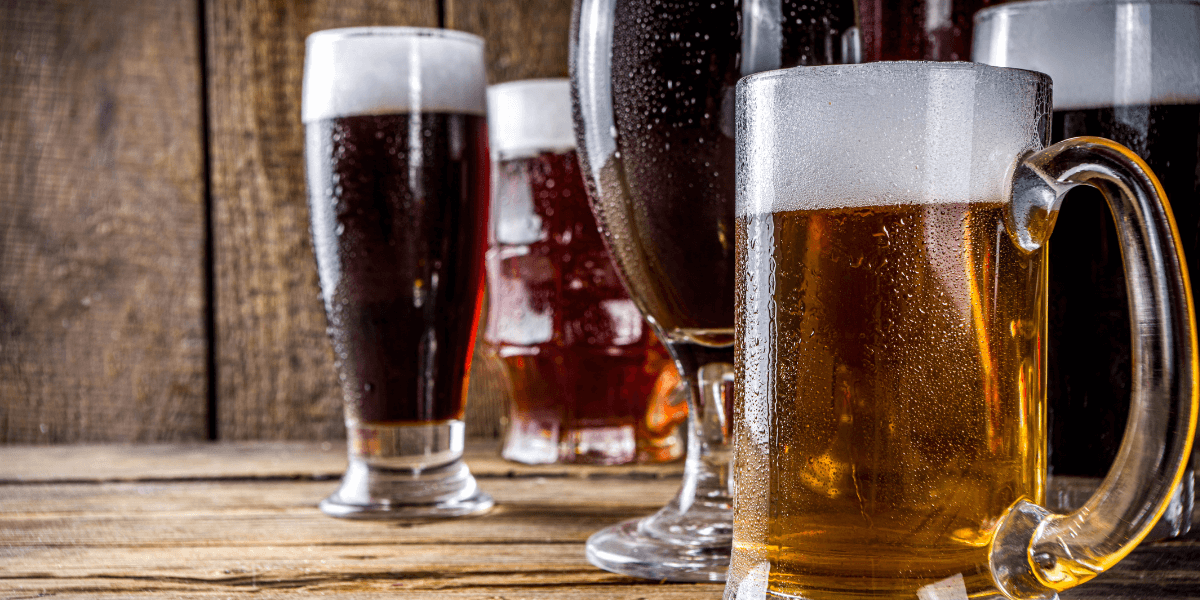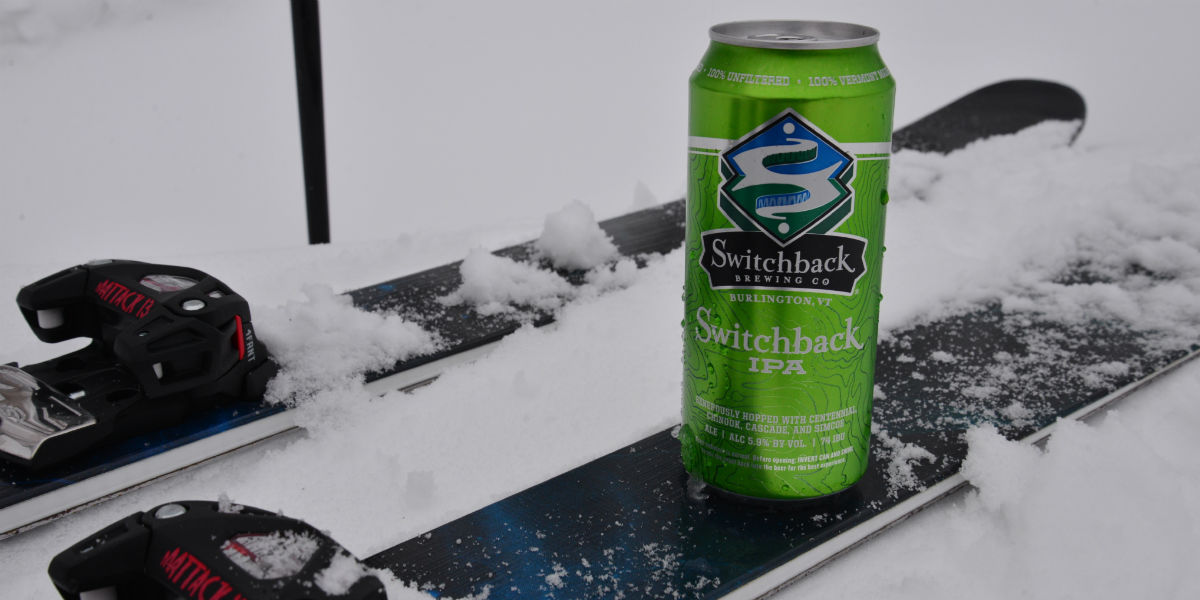
If you’re a homebrewer like me, you’re always looking for ways to improve the quality of your beer. Whether you’re experimenting with new ingredients, tweaking your process, or exploring different brewing techniques, each small change can lead to a unique and exciting outcome. One method I’ve adopted and found particularly beneficial is first wort hopping. But you might be wondering, what is first wort hopping? In this article, I’ll explain what it is, how it works, and why it’s worth trying in your next batch.
Breaking Down the Process of First Wort Hopping
To begin, let’s define first wort hopping and discuss why it’s a popular technique among craft brewers. First wort hopping refers to the practice of adding hops to the wort – the liquid that results from mashing grains – before the wort is brought to a boil. Typically, hops are added during the boil to extract bitterness, aroma, and flavor. However, in the case of first wort hopping, you add the hops early in the process, while the wort is still at a lower temperature, right after it has drained from the mash tun.
I first tried first wort hopping out of curiosity. At first glance, it seemed like an odd step – adding hops before the boil even starts. But after trying it in a few different batches, I began to appreciate the subtle but impactful differences it made in the finished beer. The key difference between this method and traditional hop additions lies in the timing and temperature. The hops undergo a different extraction process at this lower temperature, which results in a smoother bitterness and a more integrated hop flavor.
How First Wort Hopping Affects the Beer
So, how does first wort hopping actually affect the beer? The magic happens when the hops are added at a low temperature, just as the wort begins to drain from the mash tun. At this point, the wort isn’t hot enough to cause the same bitterness extraction you get during the boil. This means you won’t get that sharp, intense bitterness that often characterizes hops added later in the boil. Instead, first wort hopping provides a more mellow, smooth bitterness that integrates nicely with the malt flavors.
This approach also helps to retain more of the essential oils present in the hops. The oils in hops are responsible for the aromas and flavors that make hops so desirable, such as floral, citrus, pine, or tropical notes. By adding the hops earlier in the process, you get a longer extraction time, which helps release more oils into the wort. The result is a beer that has a more balanced and harmonious hop profile.
As I’ve brewed more with this technique, I’ve noticed that it works especially well for certain beer styles like IPAs and pale ales, where hops are a dominant flavor. With first wort hopping, you get that hop-forward character without the harsh bitterness that can sometimes come from late boil hop additions.
Key Benefits of First Wort Hopping
A More Balanced Bitterness
One of the most significant advantages I’ve experienced with first wort hopping is the smoother bitterness. Traditional hop additions tend to produce a more aggressive bitterness, which can sometimes overpower the malt character. However, when you use first wort hopping, the bitterness is much softer and more balanced. It’s not as sharp or biting, which allows the hops to play a more harmonious role in the flavor profile of the beer.
This technique is particularly helpful when brewing styles that require a delicate balance between malt sweetness and hop bitterness, such as pale ales or West Coast IPAs. I’ve found that first wort hopping can enhance the complexity of the beer while keeping the bitterness in check, making it more drinkable and enjoyable.
Increased Hop Aroma and Flavor
Another noticeable benefit is the enhanced hop aroma and flavor. When hops are added early in the brewing process, there is more time for the essential oils in the hops to dissolve into the wort. These oils are what contribute to the desirable hop flavors and aromas we love in beers like IPAs. With first wort hopping, I’ve found that the hop profile tends to be much more complex and well-rounded, with a subtle yet noticeable hop aroma that lingers long after you take a sip.
The extended exposure to the wort also helps preserve more delicate hop characteristics that can be lost if the hops are added too late in the boil. This is especially true for highly aromatic hops, such as those used in New England-style IPAs, which rely heavily on aroma and flavor rather than bitterness.
Enhanced Mouthfeel and Complexity
While bitterness and aroma are essential, the mouthfeel and overall complexity of a beer are just as important. First wort hopping can also contribute to a fuller body and a more rounded mouthfeel. Since the hops are in contact with the wort for a longer period, you may notice that the beer has a smoother, more robust texture that makes it more enjoyable to drink.
For example, I’ve found that beers brewed with first wort hopping tend to have a slightly silkier mouthfeel, which complements the hop bitterness and enhances the overall experience. This technique also helps to create a more well-rounded beer with better integration of flavors, making each sip a little more interesting and enjoyable.
How to Incorporate First Wort Hopping into Your Brewing
If you’re interested in trying first wort hopping for yourself, it’s surprisingly easy to implement into your brewing routine. Here’s how I’ve done it:
- Start with Your Mash: Complete the mash process as usual, and once the wort is ready to be drained from the mash tun, add your hops. You don’t need to wait for the wort to be boiling; instead, just add the hops as the wort flows out of the mash tun.
- Add the Hops: The amount of hops you use will vary depending on the beer you’re brewing. For a 5-gallon batch, I typically use between 0.5 to 1 ounce of hops for first wort hopping. This may seem like a lot compared to a traditional late boil hop addition, but remember, the hops will be added at a lower temperature, so they’ll be less bitter.
- Proceed With Your Boil: After adding the hops, you can proceed with your usual boil process. The hops will remain in the wort during the boil, but they will have already contributed their aroma and flavor. The longer exposure time at a lower temperature gives the hops more time to work their magic without overwhelming the beer with bitterness.
- Ferment and Enjoy: After the boil, you can proceed with the rest of your brewing process as usual. First wort hopping will have subtly enhanced the hop profile and bitterness, leaving you with a smoother, more balanced beer.
Conclusion
In conclusion, what is first wort hopping is a technique that can improve the quality and complexity of your beer. By adding hops to the wort early in the process, you can achieve a smoother bitterness, increased hop aroma, and a fuller mouthfeel. This technique is simple to implement and can be especially useful when brewing hop-forward styles like IPAs. If you’re looking for a way to refine the hop character in your beer without the sharp bitterness, I highly recommend experimenting with first wort hopping. It’s a technique that has made a noticeable difference in the beers I brew, and I’m confident it will enhance yours as well.




